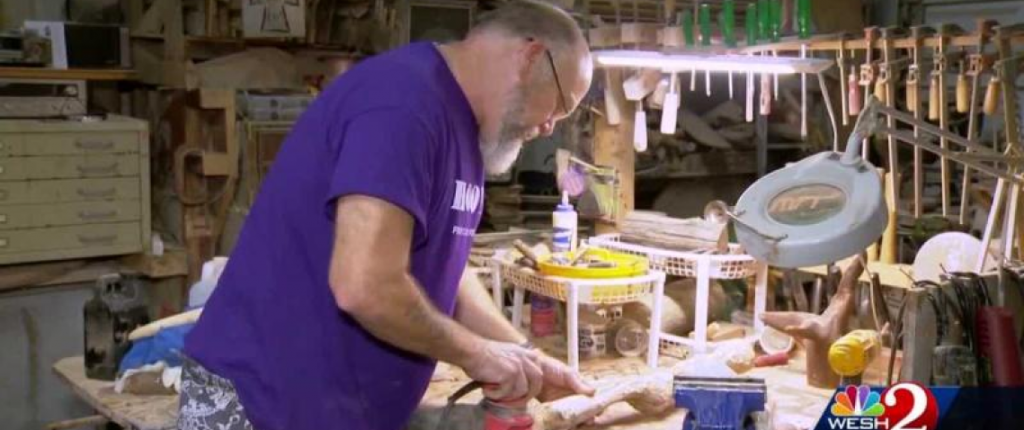In 1932, an ambitious project was conducted by a small group of students headed by Wallace Flint at the Harvard University Graduate School of Business Administration. The project proposed that customers select desired merchandise from a catalog by removing corresponding punched cards from the catalog. These punched cards were then handed to a checker who placed the cards into a reader. The system then pulled the merchandise automatically from the storeroom and delivered it to the checkout counter. A complete customer bill was produced and inventory records were updated. This was the very start of a revolutionary element to business everywhere: the bar code.
The modern bar code emerged in 1948. Bernard Silver, a graduate student at Drexel Institute of Technology, overheard the president of a local food chain asking one of the deans to undertake research to develop a system to automatically read product information during checkout. Silver told his friend, Norman Joseph Woodland about the request, and he began to work on the problem.
Like with most creations, there was a period of trial-and-error. Woodland’s first idea utilized patterns of ink that would glow under ultraviolet light. He and Silver build something that worked, but it had problems with ink stability and it was expensive to print the patterns necessary. But, like with most creators, Woodland was determined to get it right. He took some stock market earnings, quit his teaching job at Drexel, and moved to his grandfather’s Florida apartment to have more time to work on the problem.
On October 20, 1949, Woodland and Silver filed a patent application titled “Classifying Apparatus and Method.” The inventors described their invention as relating “to the art of article classification…through the medium of identifying patterns.”
Their symbology was made up of a pattern of four white lines on a dark background. The first line was called a “datum” line and the positions of the remaining three lines were fixed in respect to the first line. Information was coded by the presence or absence of one or more of the lines. The more lines able to be formatted on the bar code, the more classifications could be coded.
In 1962, Silver died at age thirty-eight before having seen the commercial use of the bar code. Woodland, on the other hand, was awarded the 1992 National Medal of Technology by President Bush, however, neither men made much money on the idea that started a billion-dollar business.
The bar code was not commercialized until 1966 when the National Association of Food Chains put out a call to equipment manufacturers for systems that would speed the checkout process. It wasn’t until 1969, however, that a proposal for an industry-wide bar code system. A year later, RCA installed one of the first scanning systems at a Kroger store in Cincinnati. The product codes were represented by “bulls-eye barcodes”, a set of circular bars and spaces of varying widths. This is so different from what we see today! The problem with these codes is that they weren’t pre-printed on the item’s packaging, rather, they were labels that were put on the items by Kroger employees. With problems like these arising, it was recognized that the industry would have to agree on a standard coding scheme open to all equipment manufacturers to use and to be adopted by all food producers and dealers.
Three years later, the U.S. Supermarket Ad Hoc Committee recommended the adoption of the UPC symbol set that’s still used in the United States today. It was submitted by IBM and developed by George Laurer, whose work was considered an outgrowth of the ideas of Woodland and Silver. At the time, Woodland was an employee of IBM.
We’re exposed to bar codes so frequently in our daily lives that we don’t acknowledge why they’re important. And the truth is that they’re important for the same reasons now as they were when the idea was originally conceived: to simplify the tracking, movement, and status of products. Your business needs bar codes, and at Hallmark Nameplate, we’re able to produce nameplates with bar codes to help your business operate seamlessly. With 55 years of experience under our belts, we will be able to analyze your precise needs, process every variable to suit your business, and use state of the art equipment to produce this enhancing product quickly and with high quality.
Considering adding bar codes to your business? We like the way you think. Contact us today with any questions you may have.




